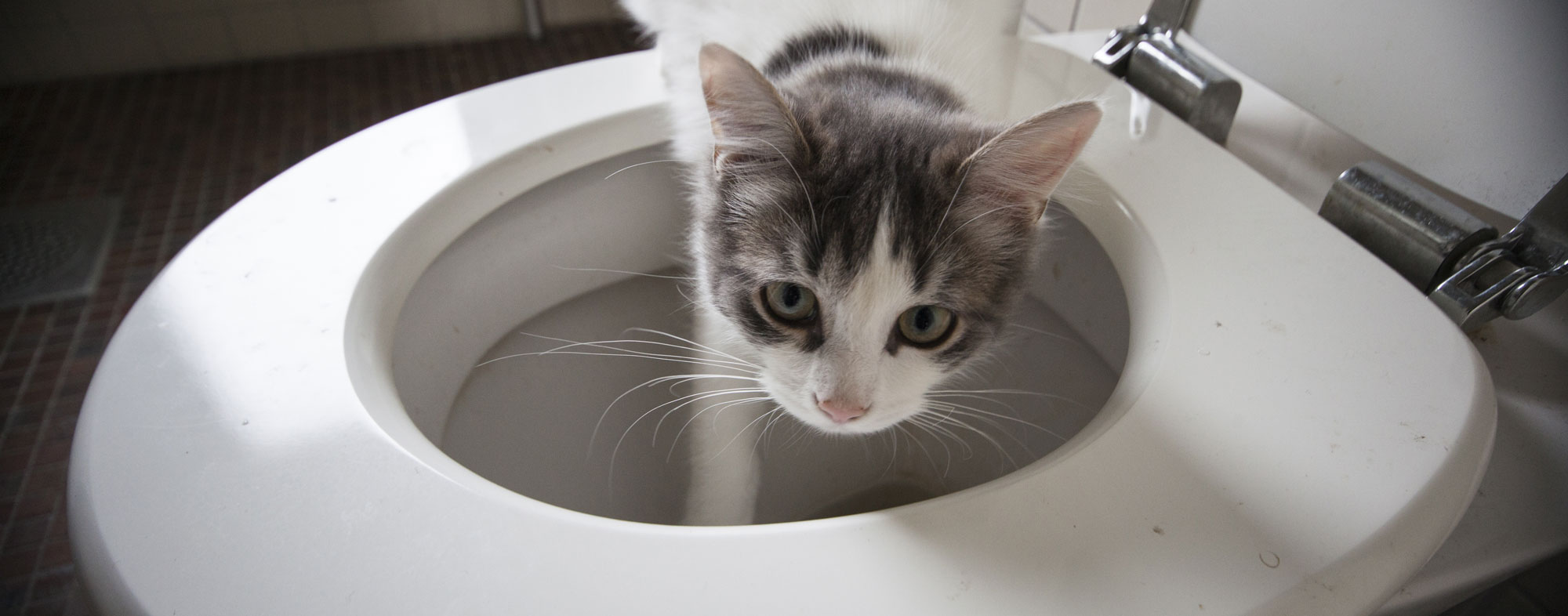Reasons You Shouldn't Flush Cat Poop Down Your Toilet - Preserve Your Plumbing System
Reasons You Shouldn't Flush Cat Poop Down Your Toilet - Preserve Your Plumbing System
Blog Article
What're your thoughts and feelings about Can You Flush Cat Poo or Litter Down the Toilet??

Introduction
As pet cat proprietors, it's important to be mindful of exactly how we deal with our feline close friends' waste. While it may appear practical to purge cat poop down the commode, this practice can have destructive consequences for both the setting and human health and wellness.
Ecological Impact
Purging feline poop introduces dangerous pathogens and parasites right into the supply of water, posing a considerable risk to water ecological communities. These contaminants can adversely affect marine life and concession water high quality.
Wellness Risks
In addition to environmental worries, purging cat waste can also present health and wellness dangers to human beings. Feline feces may consist of Toxoplasma gondii, a bloodsucker that can create toxoplasmosis-- a potentially severe health problem, particularly for pregnant ladies and people with weakened immune systems.
Alternatives to Flushing
Thankfully, there are much safer and extra responsible means to get rid of feline poop. Take into consideration the complying with options:
1. Scoop and Dispose in Trash
One of the most usual approach of taking care of pet cat poop is to scoop it right into an eco-friendly bag and toss it in the garbage. Make certain to use a dedicated trash inside story and throw away the waste without delay.
2. Usage Biodegradable Litter
Go with eco-friendly pet cat clutter made from products such as corn or wheat. These litters are environmentally friendly and can be safely thrown away in the garbage.
3. Hide in the Yard
If you have a backyard, think about hiding feline waste in a designated area far from veggie yards and water sources. Make sure to dig deep sufficient to avoid contamination of groundwater.
4. Set Up a Pet Waste Disposal System
Invest in a pet garbage disposal system specifically designed for feline waste. These systems use enzymes to break down the waste, reducing smell and environmental influence.
Final thought
Accountable pet possession expands beyond providing food and shelter-- it likewise entails appropriate waste management. By refraining from purging cat poop down the toilet and going with different disposal techniques, we can minimize our ecological footprint and protect human wellness.
Why Can’t I Flush Cat Poop?
It Spreads a Parasite
Cats are frequently infected with a parasite called toxoplasma gondii. The parasite causes an infection called toxoplasmosis. It is usually harmless to cats. The parasite only uses cat poop as a host for its eggs. Otherwise, the cat’s immune system usually keeps the infection at low enough levels to maintain its own health. But it does not stop the develop of eggs. These eggs are tiny and surprisingly tough. They may survive for a year before they begin to grow. But that’s the problem.
Our wastewater system is not designed to deal with toxoplasmosis eggs. Instead, most eggs will flush from your toilet into sewers and wastewater management plants. After the sewage is treated for many other harmful things in it, it is typically released into local rivers, lakes, or oceans. Here, the toxoplasmosis eggs can find new hosts, including starfish, crabs, otters, and many other wildlife. For many, this is a significant risk to their health. Toxoplasmosis can also end up infecting water sources that are important for agriculture, which means our deer, pigs, and sheep can get infected too.
Is There Risk to Humans?
There can be a risk to human life from flushing cat poop down the toilet. If you do so, the parasites from your cat’s poop can end up in shellfish, game animals, or livestock. If this meat is then served raw or undercooked, the people who eat it can get sick.
In fact, according to the CDC, 40 million people in the United States are infected with toxoplasma gondii. They get it from exposure to infected seafood, or from some kind of cat poop contamination, like drinking from a stream that is contaminated or touching anything that has come into contact with cat poop. That includes just cleaning a cat litter box.
Most people who get infected with these parasites will not develop any symptoms. However, for pregnant women or for those with compromised immune systems, the parasite can cause severe health problems.
How to Handle Cat Poop
The best way to handle cat poop is actually to clean the box more often. The eggs that the parasite sheds will not become active until one to five days after the cat poops. That means that if you clean daily, you’re much less likely to come into direct contact with infectious eggs.
That said, always dispose of cat poop in the garbage and not down the toilet. Wash your hands before and after you clean the litter box, and bring the bag of poop right outside to your garbage bins.
https://trenchlesssolutionsusa.com/why-cant-i-flush-cat-poop/
As an enthusiastic reader about How to Dispose of Cat Poop and Litter Without Plastic Bags, I was thinking sharing that section was really helpful. Enjoyed our post? Please share it. Let other people find it. Thanks for your time. Visit again soon.
Visit My Site Report this page